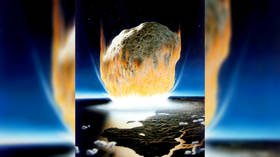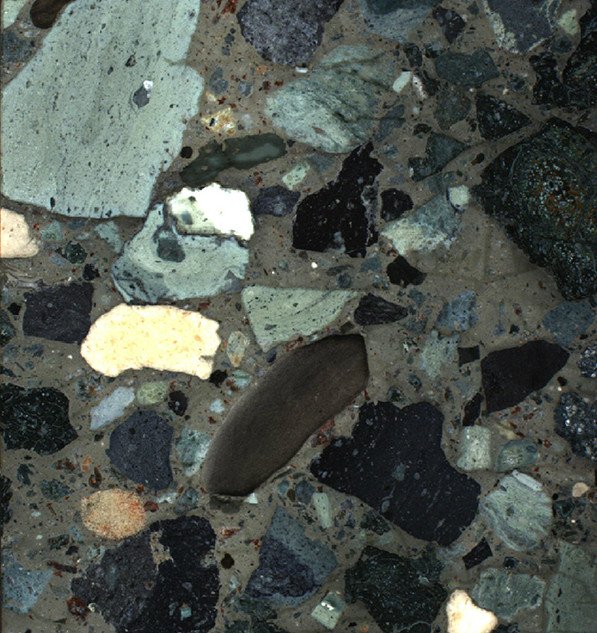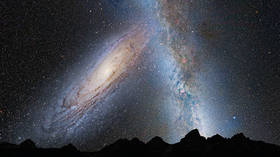T-rekt: Asteroid that killed the dinosaurs hit with force of 10 billion atomic bombs

While it’s widely accepted that an asteroid killed Earth’s dinosaurs, how exactly it achieved this has remained the subject of debate. Now, researchers have discovered the apocalypse was even more awe-inspiring than we’d thought.
The asteroid, measuring an estimated 81 kilometers (50 miles) across, smashed into the Earth near Chicxulub, in what is now modern Mexico, with the force 10 billion WWII nuclear bombs, killing 75 percent of all life on Earth. The initial blast ignited forests and grasslands for thousands of kilometers.
Also on rt.com Four asteroids on COLLISION course with EarthThe impact then generated a tsunami several hundred meters high which reached as far as modern day Illinois in the US. Now, scientists at the University of Texas at Austin examining core samples from the impact site, from 500 to 1,300 meters (1,640 to 4,265 feet) below the seafloor, have found hard evidence of the exact modus operandi of the planet-killer asteroid.
In research published Monday, the team studying the impact crater off the Gulf of Mexico found charcoal and soil that were blasted thousands of miles away and then sucked back inwards by the far-reaching tsunami that swept across the Americas. A staggering amount of material was deposited back into the crater that same day, preserving the conditions of the blast site from the first minutes and hours of the impact.

Most curiously, however, no sulfur was found in the crater, meaning an estimated 325 billion tons of the element were launched into the atmosphere, destroying Earth's climate in the process and blocking out the sun for a prolonged period. This caused an unprecedented cooling event which, in turn, led to the extinction of the (non-avian) dinosaurs. To put that into perspective, that is four orders of magnitude greater than the sulfur output of the 1883 Krakatoa eruption which cooled the planet for five years.
“The real killer has got to be atmospheric,” said Sean Gulick, a University of Texas Institute for Geophysics research professor at the Jackson School of Geosciences. “The only way you get a global mass extinction like this is an atmospheric effect.”
Also on rt.com Musk warns Earth has NO ASTEROID DEFENSE following ‘God of Chaos’ news reportsThink your friends would be interested? Share this story!














